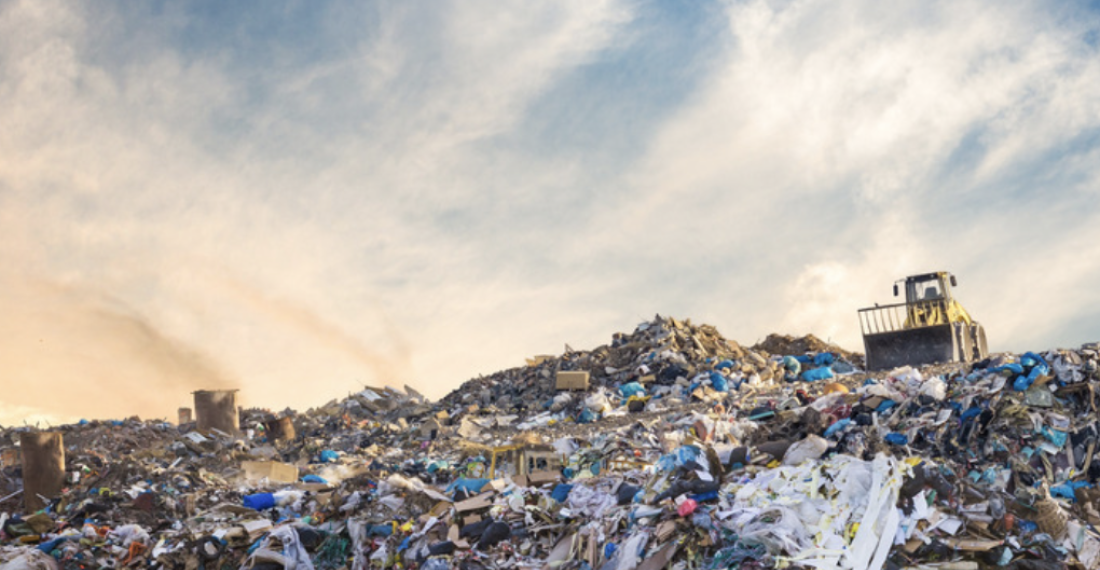China’s engagement in Central Asia is entering a new phase. Instead of focusing mainly on roads, railways, and pipelines, Beijing is now investing in environmental infrastructure, especially waste management and renewable energy projects. Uzbekistan has become the centre of this shift, as its growing economy faces mounting waste and pollution challenges.
Uzbekistan produces around 14 million tons of solid waste each year, up from just over 6 million tons in 2010, and the total could reach 16 million tons by 2028. Only about 5 per cent of this waste is recycled, while the rest ends up in landfills that release over 7 million tons of greenhouse gases and leak toxic materials into the soil.
Chinese companies are stepping in with large investments to help Uzbekistan with this challenge. CAMC Engineering is building two “waste-to-energy” plants in the Andijan and Tashkent regions, worth around 350 million US dollars. Another Chinese firm, Everbright Environment Group, has signed agreements for two similar facilities in Namangan and Fergana, each costing about 283 million US dollars. Together, these plants are expected to process more than one million tons of waste per year and generate roughly 240 million kilowatt-hours of electricity.
For Uzbekistan, these projects could help ease the pressure of growing waste, reduce landfill use, and create a new source of energy. For China, they mark a move from heavy infrastructure to exporting green technology and expertise, strengthening its influence and image as a leader in environmental cooperation.
However, the plan comes with risks. Waste-to-energy plants can emit harmful pollutants such as dioxins and furans if not properly regulated. Analysts worry that companies, in an effort to increase profits, might cut costs and lower environmental standards. The long-term success of these projects will depend on transparency, strong environmental oversight, and sustained commitment from both sides.






